Three million years ago, the fault regions of the Sierra Nevada and White Mountains began their thunderous rise. Their sharp ridges rose, while a deep graben plain formed between them. It became a dry region rich in streams fed by layers of snow. The Monkey People who first arrived in the region called it The Land of Flowing Water. Thousands of years later, white settlers called it Owens Valley.
Located in what is now eastern California, the Owens Valley is the deepest graben in the United States. The central plain is at an elevation of 4,000 feet, while the mountains on either side rise to 14,000 feet. As a result, the valley is in a shady area where little rain falls annually. It is a perfect region for radio astronomy, so in 1954 the California Institute of Technology began building what is now known as the Owens Valley Radio Observatory (OVRO). It is also where NRAO located a satellite dish for the Very Long Baseline Array (VLBA) in 1993.
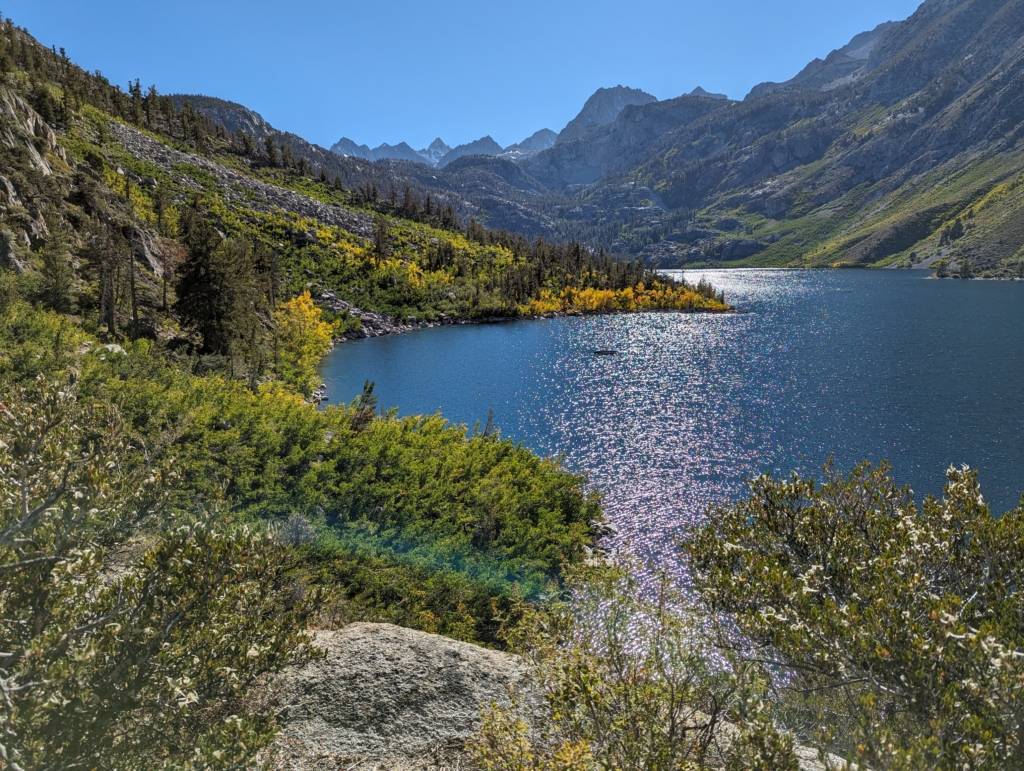
Although far west of Santa Cruz Antenna, the Owens Valley antenna has some similarities, particularly being in a remote location. The high mountains that surround the valley mean that access to the region is only possible from the south or through mountain passes. This also makes it a unique geography. To the south are the remains of the dry bed of Owens Lake and, beyond, Death Valley. To the east are the White Mountains, which are home to the great hedgehog pine forest and some of the oldest living trees in the world. Within the Methuselah forest of this forest hides a particular tree that was planted almost 5,000 years ago.
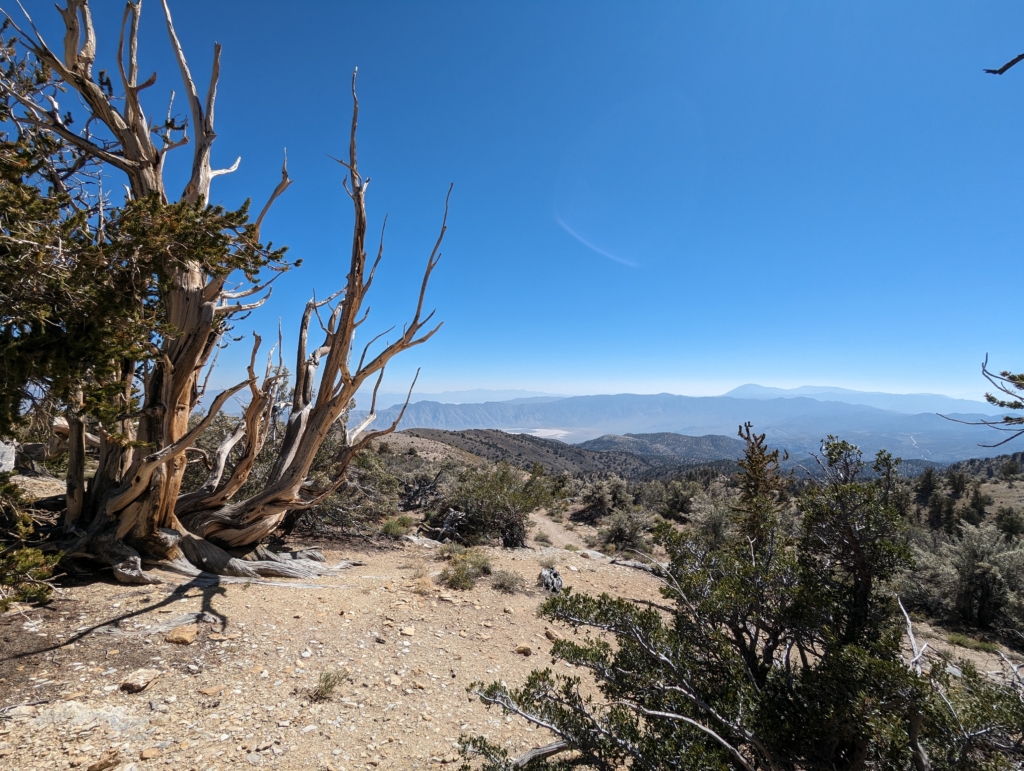
To the west is the Sierra Nevada mountain range, including Mount Whitney, which is the tallest mountain in the continental United States at 14,000 feet. This area has sometimes been called the Little Alps and, in the 1920s and 1930s, was a popular filming area when Hollywood needed to portray the great European mountains on a limited budget. To this day, the Sierra Nevada is a popular region for skiing and hiking.
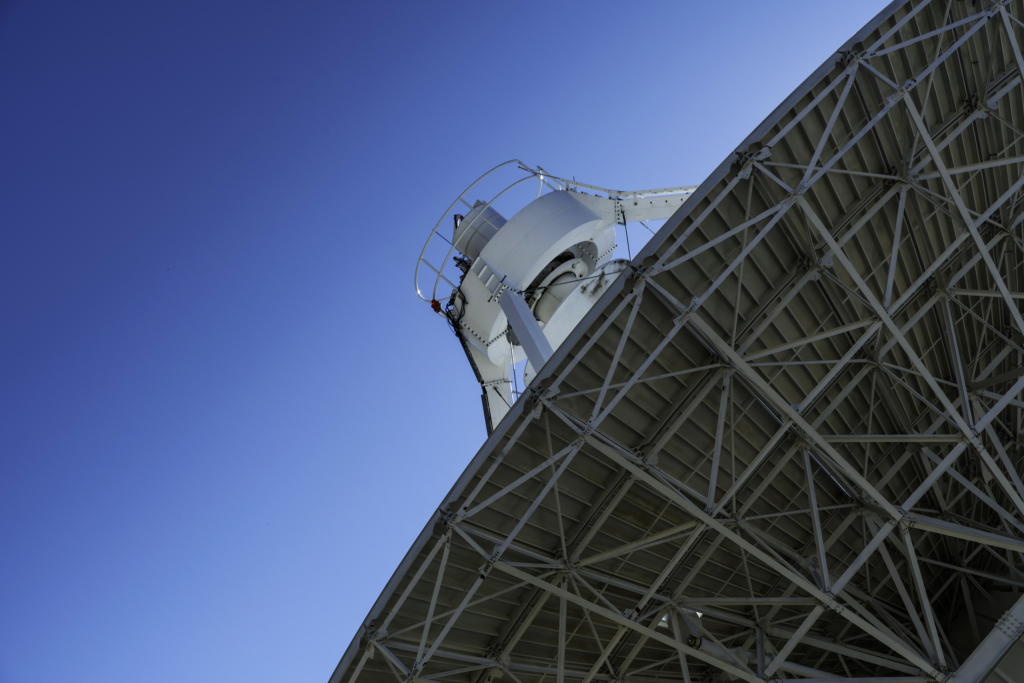
There are also technical and observational challenges in Owens Valley. Although they enjoy impressively clear skies, the high mountains to the east and west mean that the VLBA antenna's view is obscured near the horizon. There are times when the antenna is pointed up a mountain, pointing at an object low in the sky that it can't see, although other VLBA antennas can. The remoteness of the region can also make staffing an issue. Working at the Owens Valley site requires not only technical skill but also the desire to live in such a unique and remote place.
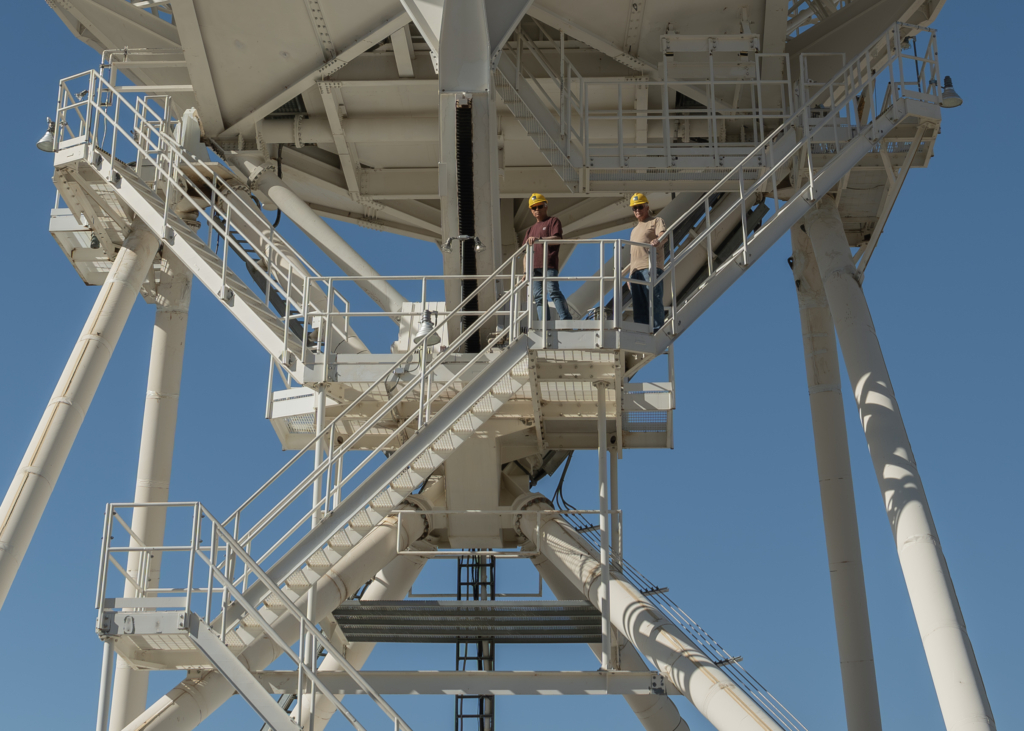
But Jim Brown and Ray McFarlin, who currently maintain the Owens Valley antenna, wouldn't have it any other way. As Ray says, “I've worked on all ten VLBA antennas and Owens Valley is my favorite.” Is easy to see why. Owens Valley has incredible views, a rich and diverse culture, and incredible places to hike, camp, and ski, all within a couple of hours' drive. That's why the area is a hugely popular holiday spot and, for some who visit, it's also why they stay.
Extra: Check out this aerial panoramic view of Owens Valley!











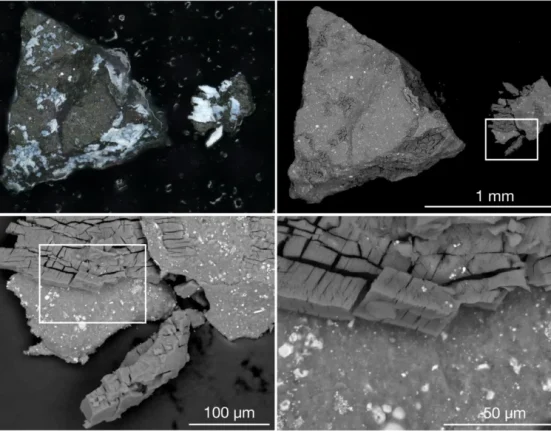
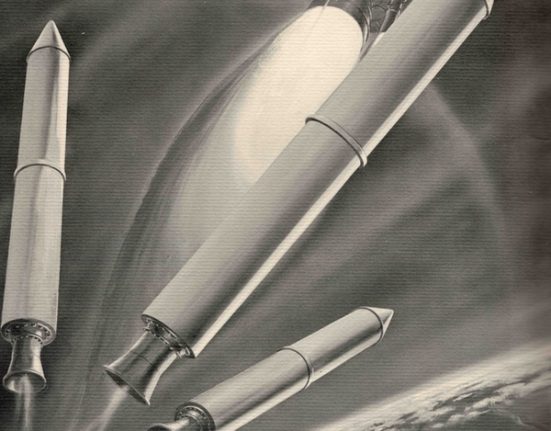
Leave feedback about this